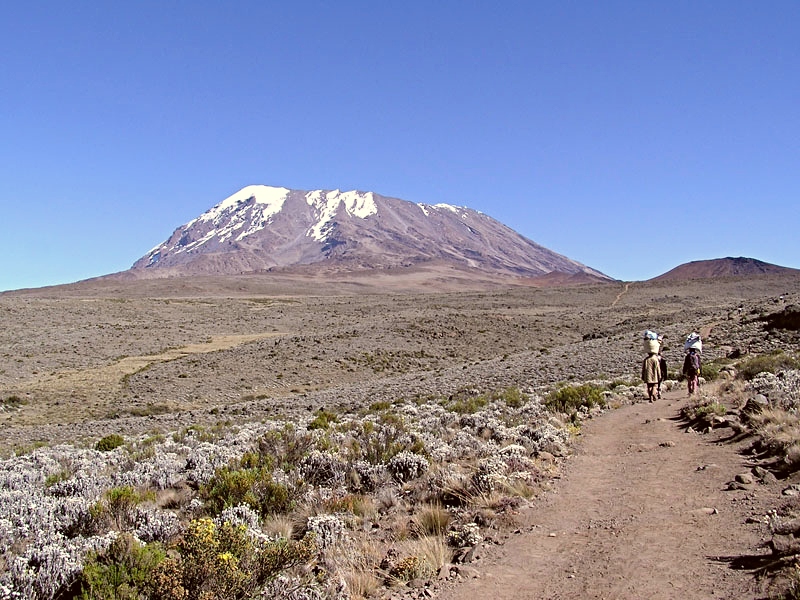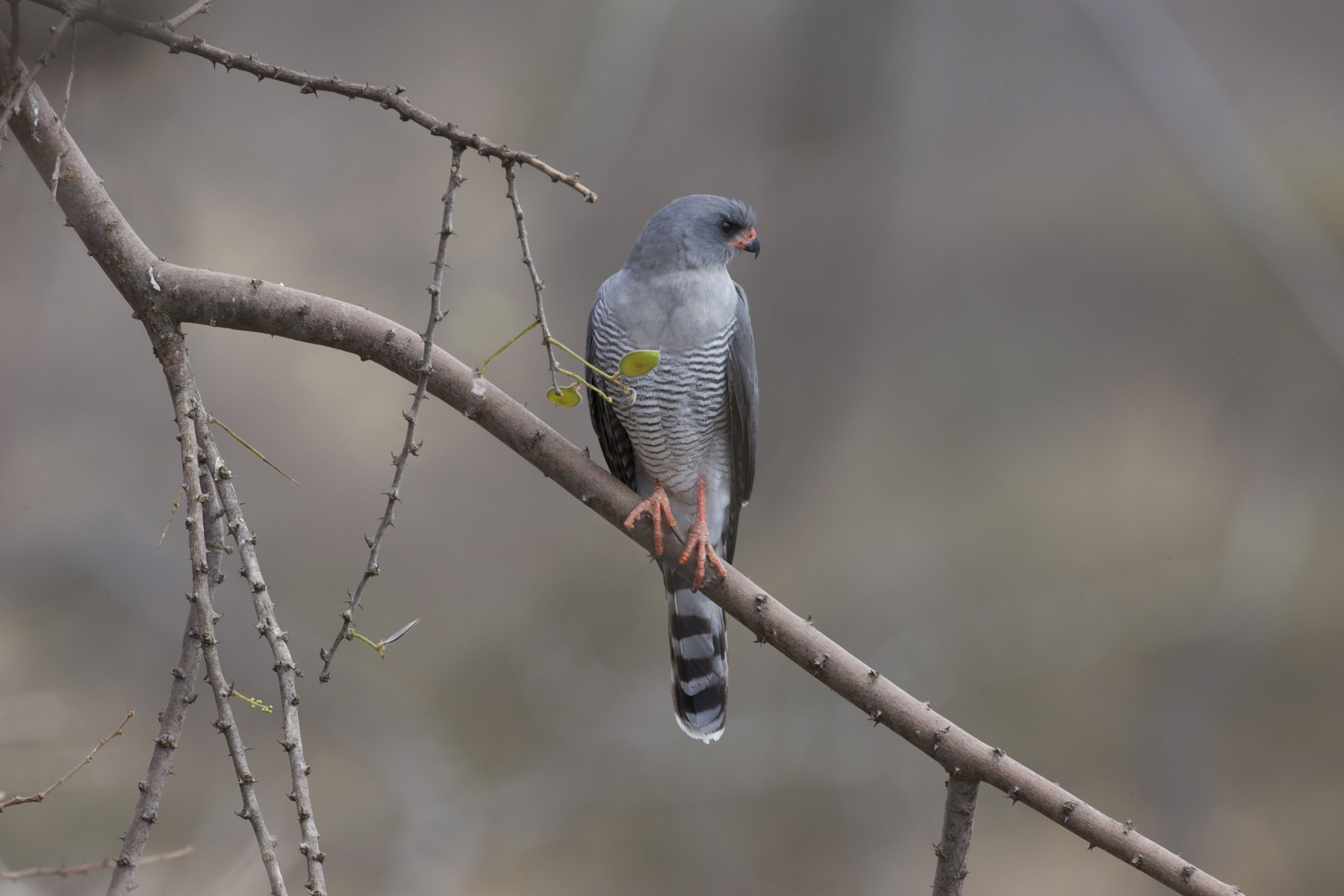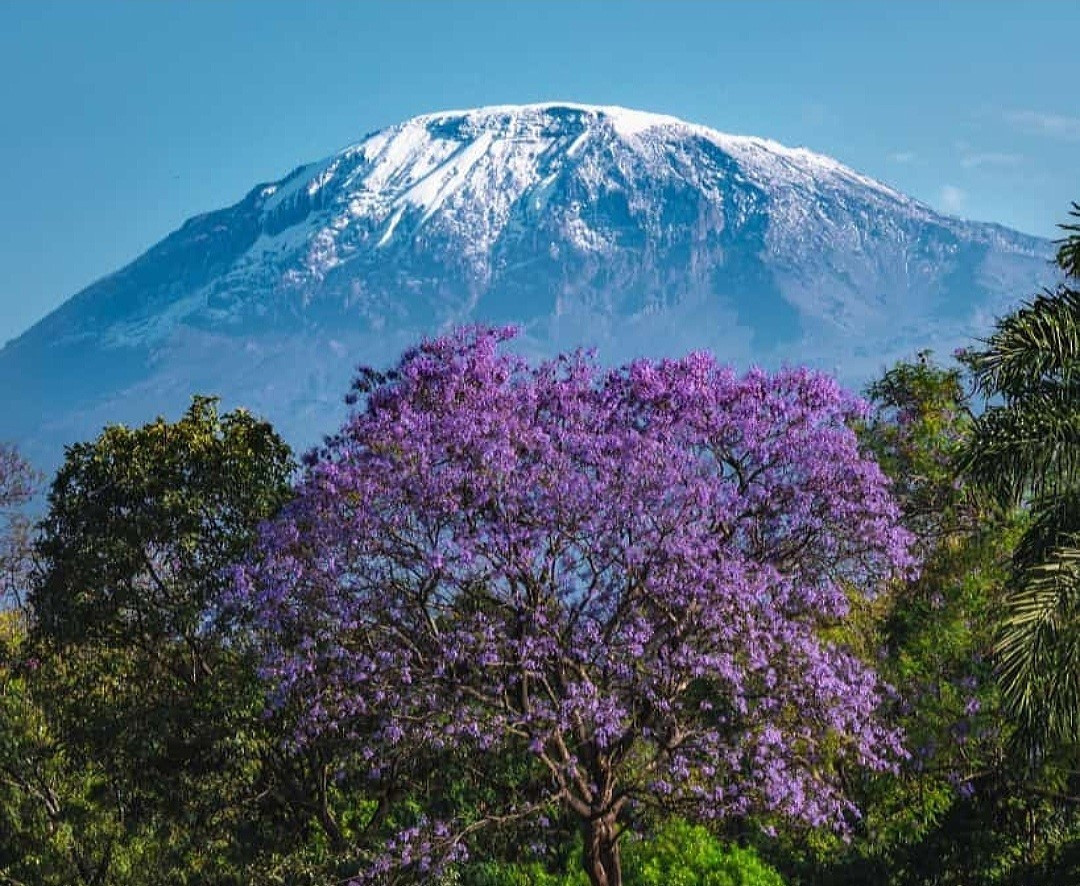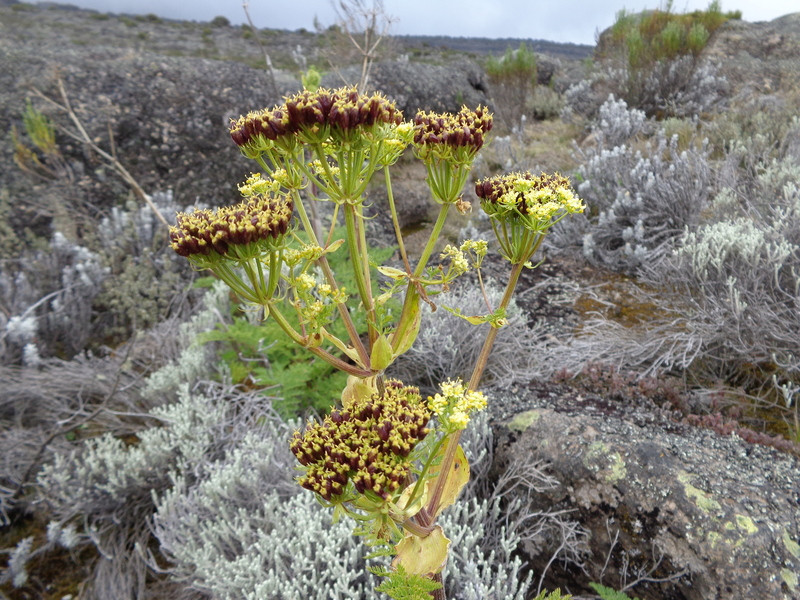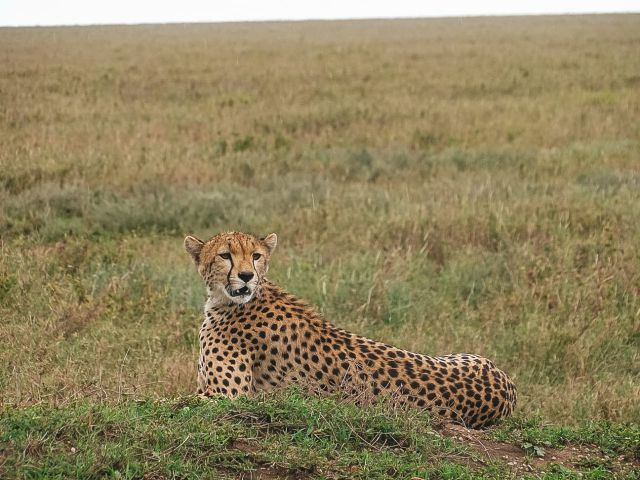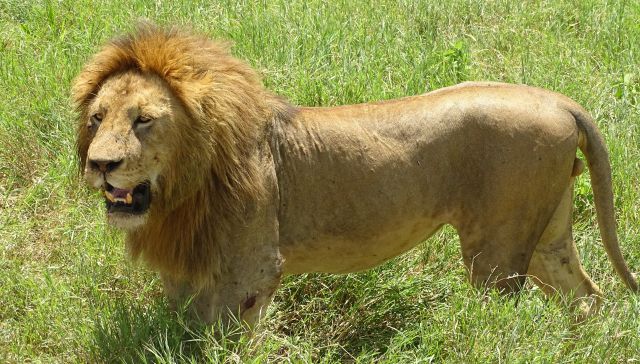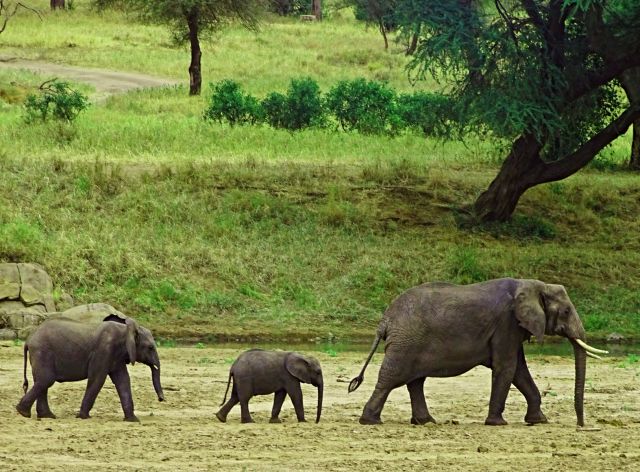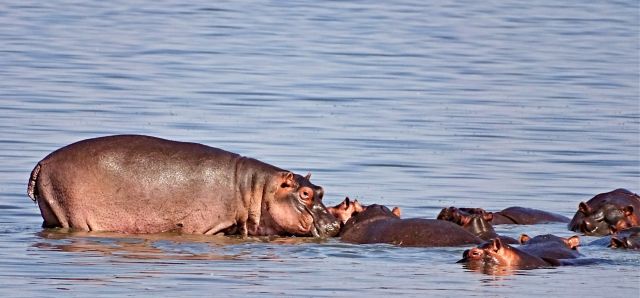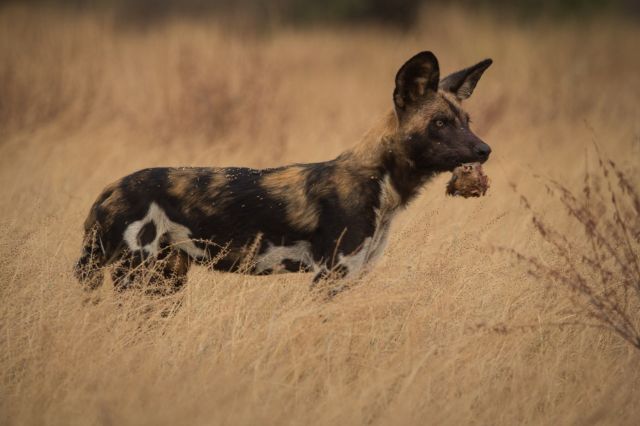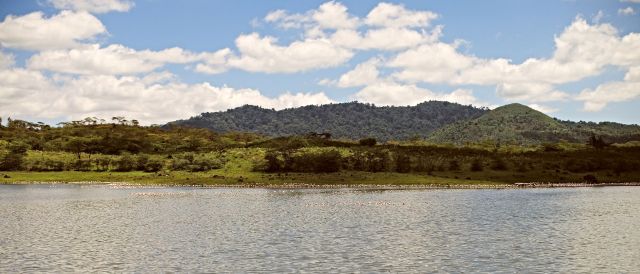Kilimanjaro National Park, a UNESCO World Heritage Site, is renowned for its crown jewel: Mount Kilimanjaro, Africa's tallest peak and the world's highest free-standing mountain. This magnificent natural wonder draws trekkers and explorers from across the globe, offering an unparalleled opportunity to conquer its snow-capped summit.
Standing at 5,895 meters (19,341 feet), Kilimanjaro is a testament to the power and beauty of nature. Hiking enthusiasts can choose from a variety of routes, each offering a unique perspective of the mountain's diverse ecosystems, from lush rainforests to barren alpine deserts.
As you ascend Kilimanjaro, breathtaking panoramas unfold before your eyes. Witness awe-inspiring sunrises and sunsets from high-altitude campsites, with views that stretch as far as the eye can see.
Beyond the mighty mountain, Kilimanjaro National Park is home to an astounding array of wildlife and plant species. While on your trek, keep an eye out for unique flora and fauna, including colobus monkeys, elephants, leopards, and various bird species.
How demanding is an ascent of Mount Kilimanjaro?
Climbing Mount Kilimanjaro can be a challenging endeavor, but the level of difficulty can vary depending on several factors, including the route chosen, your physical fitness, a nd how well you acclimatize to the high altitude
Proper acclimatization is essential to minimize the risk of altitude sickness. Many climbers take several days to ascend to allow their bodies to adjust to the decreasing oxygen levels at higher altitudes.
Good physical fitness can make the climb more manageable. Regular cardiovascular exercise, strength training, and hiking at higher altitudes can help prepare your body for the physical demands of the climb.
Good physical fitness can make the climb more manageable. Regular cardiovascular exercise, strength training, and hiking at higher altitudes can help prepare your body for the physical demands of the climb.
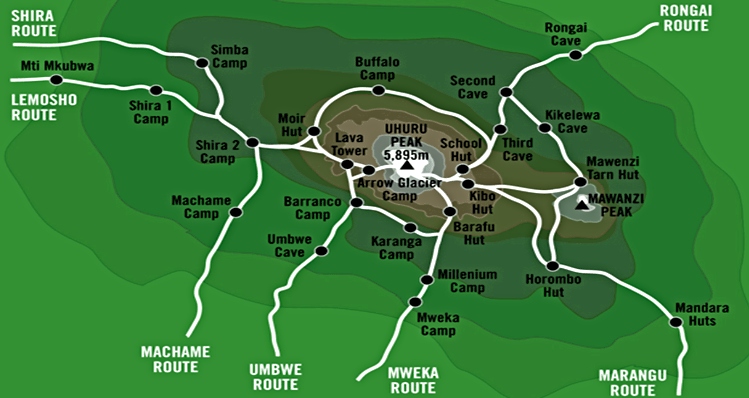
The best time to climb Mount Kilimanjaro
The best time to climb Kilimanjaro is during the dry seasons, which provide the most favorable conditions for trekking and higher chances of a successful summit. There are two primary dry seasons:
Late December to early March (late summer to early spring):
- This period offers the warmest and clearest weather on the mountain.
- Dry conditions reduce the likelihood of rain and snow.
- Warmer temperatures make the trek more comfortable.
- The visibility is usually excellent, offering the best views
June to October (late autumn to early spring):
- This is another dry season and a popular time to climb.
- July and August are particularly busy, so it's essential to book in advance.
- Cooler temperatures make for comfortable hiking conditions.
- Clear skies and excellent visibility for summiting.
Between these two primary dry seasons, the late December to early March timeframe is often considered the absolute best time to climb Kilimanjaro, as it combines favorable weather conditions with fewer crowds. However, if you prefer slightly cooler temperatures and don't mind a bit more company, the June to October dry season is also an excellent choice.
It's important to note that Kilimanjaro's weather can be unpredictable, and conditions can vary from year to year. Regardless of when you choose to climb, be prepared for a range of temperatures and conditions as you ascend the mountain, be sure to prepare adequately, acclimatize properly, and book your trek with us to ensure a safe and enjoyable experience.
Kilimanjaro National Park is not just a destination; it's a life-changing experience that will leave an indelible mark on your soul. Join us on this epic adventure and let the majesty of Africa's tallest peak captivate your spirit. Whether you're seeking a physical challenge, a spiritual journey, or simply an escape into the wild, Kilimanjaro National Park beckons with open arms. Don't miss your chance to reach for the stars and touch the roof of Africa.
